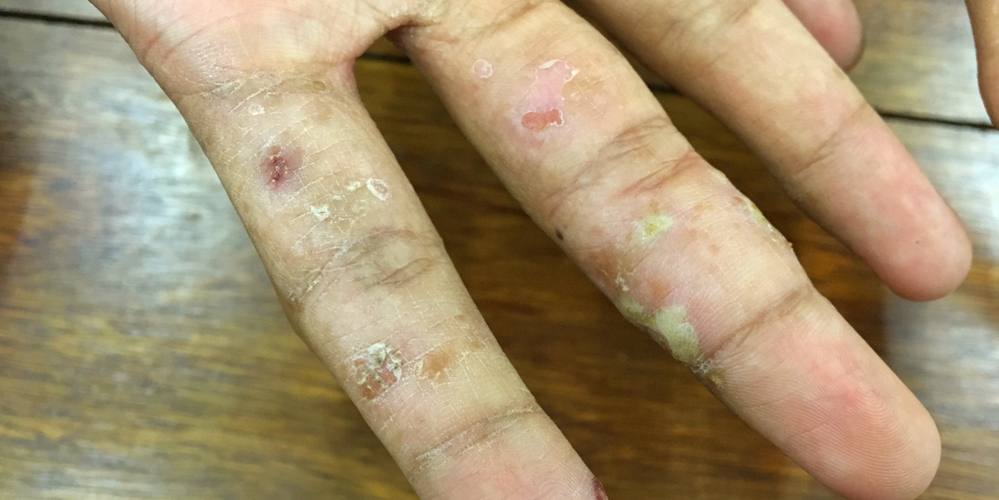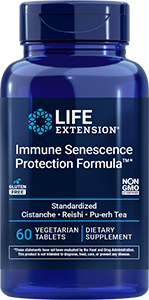Scabies

What every Parent needs to know about Scabies
By JD
Discovering your child has scabies may be distressing for you as a parent, but it's a common disease that affects all children regardless of their race and social background. Information about the disease, its symptoms and how best to treat it, are detailed below.
What is Scabies?
Scabies is a highly contagious skin disease caused by "microscopic mites" that burrow under the surface of the skin and lay eggs. Once the eggs are hatched, the cycle repeats itself. Scabies produces pimple-like eruptions on the skin - the scabies rash - that are extremely itchy.
Your child is at risk of catching scabies from someone who has the disease. Scabies is highly contagious and is spread by direct contact: exchanging clothing (as young children very often do), or sharing towels and bed linen with someone who has the disease are all ways in which your child can become infected.
Scabies isn't discriminatory either; anyone can become infected regardless of their age, sex, race, or personal hygiene standards.
Testing
STD Tests
STD Testing at-Lab (Near Me)
STD Tests at-Home (Kits)
Fertility Tests
Women's Fertility Test at-Home
Health Tests
See All >>
The Symptoms of Scabies
The symptoms of scabies are a red, itchy, pimple-like rash that is at its itchiest at night time, and the appearance of short burrows - grayish-white lines - in the affected areas of the skin. Scabies affects the areas of the body below the neck in the folds of the skin, and may be found:
- between the fingers
- at the wrists
- elbows
- thighs
- abdomen
- buttocks
- armpits
- and feet
In children under the age of two, symptoms are likely to appear on the neck, head, hands, and feet.
It takes between two and six weeks after exposure to someone with scabies for the symptoms to appear. Re-infection is possible and when this occurs symptoms usually appear between one and four days after exposure. The scabies mite can live up to three days without being in contact with the human body.
How to Treat Scabies
If you believe your child has contracted scabies, it's important to seek immediate medical help for an initial diagnosis. There are a number of effective topical medications that can be used to treat scabies. Which scabies medicine is chosen to treat your child will depend on a number of factors including your child's age.
Every member of your family who has come into close contact with the affected child will need to be treated at the same time, even if they show no symptoms of scabies.
Once treatment has been administered, it should be followed up the next day with a bath and a change of bed linen and clothing. It's perfectly normal for itching to be present after treatment for up to two weeks.
Conclusion
Keep your child away from other children until he or she has completed their scabies treatment. Wash all bedding, towels, and clothing that all family members have recently come into contact with in hot water using your regular detergent, and dry in a hot dryer. Thoroughly vacuum all carpets, upholstered furniture, and mattresses.
 Disclaimer: Articles not intended to Diagnose, Treat, Cure or Prevent Diseases.
Disclaimer: Articles not intended to Diagnose, Treat, Cure or Prevent Diseases.
Infections | Education | Products | Testing


